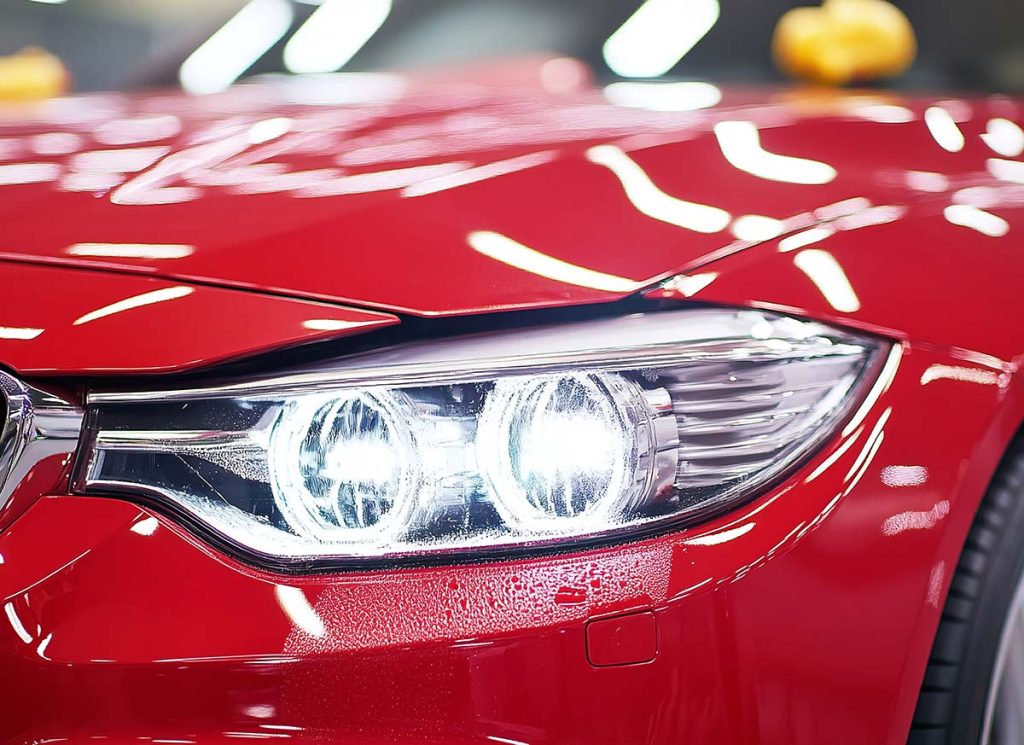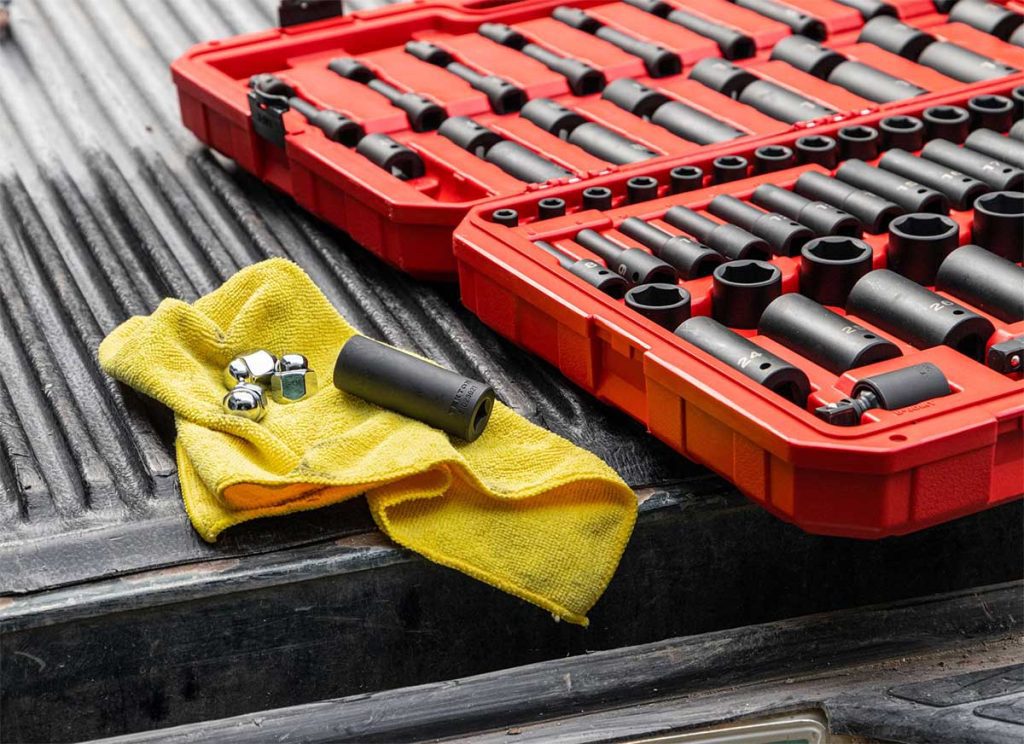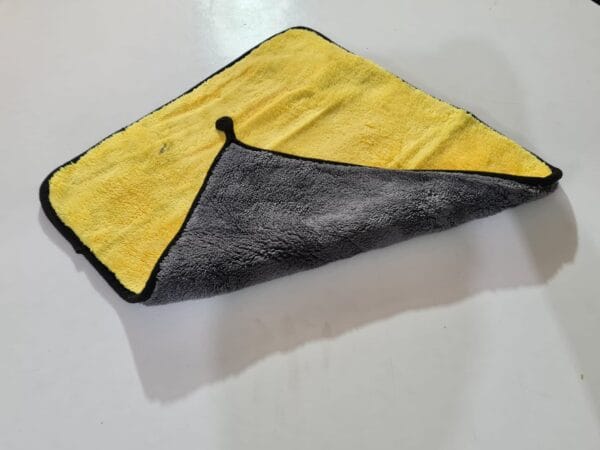To help remedy that, we asked the brake experts over at Leed Brakes to sit down for an episode of the Autosoe podcast to talk all about brake systems and they graciously accepted. Leed Vice President Bill Cummings and R&D Manager Dan DeKruger spent an hour with us, answering vital brake questions pulled right from the Leed and Summit Racing tech lines.
This is the best engine oil for the Yamaha bikes. Rate is cheaper compared to any automobile shops.
Noemi Medina
You can catch the entire interview in the Autosoe podcast section, and we pulled 10 snippets from our chat that can give you an idea of the range of brake topics we covered. You can read summaries of the questions and their responses below.
If you’re mulling a disc brake conversion or other brake upgrade for your classic or vintage car, or are just struggling with a squishy pedal, consider this episode a must-listen.


1. What’s the Difference Between a Brake Proportioning Valve, Combination Valve & Distribution Block?
“There’s kind of an assumption that anytime you see a brass block with a bunch of lines coming out of it, that it’s a proportioning valve. But depending on the year of the car, a lot of times, it’s not if it’s a four-wheel drum car, it’s probably just a distribution block.
“A distribution block is really just a manifold, splitting lines from two-in to four-out. It doesn’t do any actual proportioning. Later cars that have a front disc/rear drum, those actually have a combination valve that includes proportioning.”
2. Why Do You Need a Brake Proportioning Valve?
When you have a dissimilar braking system discs in the front, drums in the rear that’s when you need that proportioning valve. The rear drums will lock up if they receive as much pressure as the front disc brakes, just because of they way that they function.
“A four-wheel drum car or even a four-wheel disc car a lot of times you don’t need that because you’ve got similar brakes front and rear. So if the brakes are sized correctly, and if the tire/wheel combination is sized correctly, the car can run equal pressure front and back. You won’t get that severe lockup in the rear brakes.
3. Can a DIY’er Adjust Their Brake Proportioning Valve at Home?
“It’s something you can do in your driveway. Start with the valve in the middle, then drive the vehicle for 200 miles to seat-in the pads, just normal driving. After that 200 miles, in a safe area, do some heavier stops to see how the rear brakes react.
“If the rear brakes are locking up, you can reduce that pressure a little bit. Or if you feel you can get a little bit more from the back brakes, you can increase that pressure.
“Where you set it really depends on the vehicle. Your tires, your suspension setup, the weight of the vehicle there are too many variables for us to specify a particular setting.”








3 Comments
This is exactly what i was looking for, thank you so much for these tutorials
It would be great to try this theme for my businesses
What a nice article. It keeps me reading more and more!